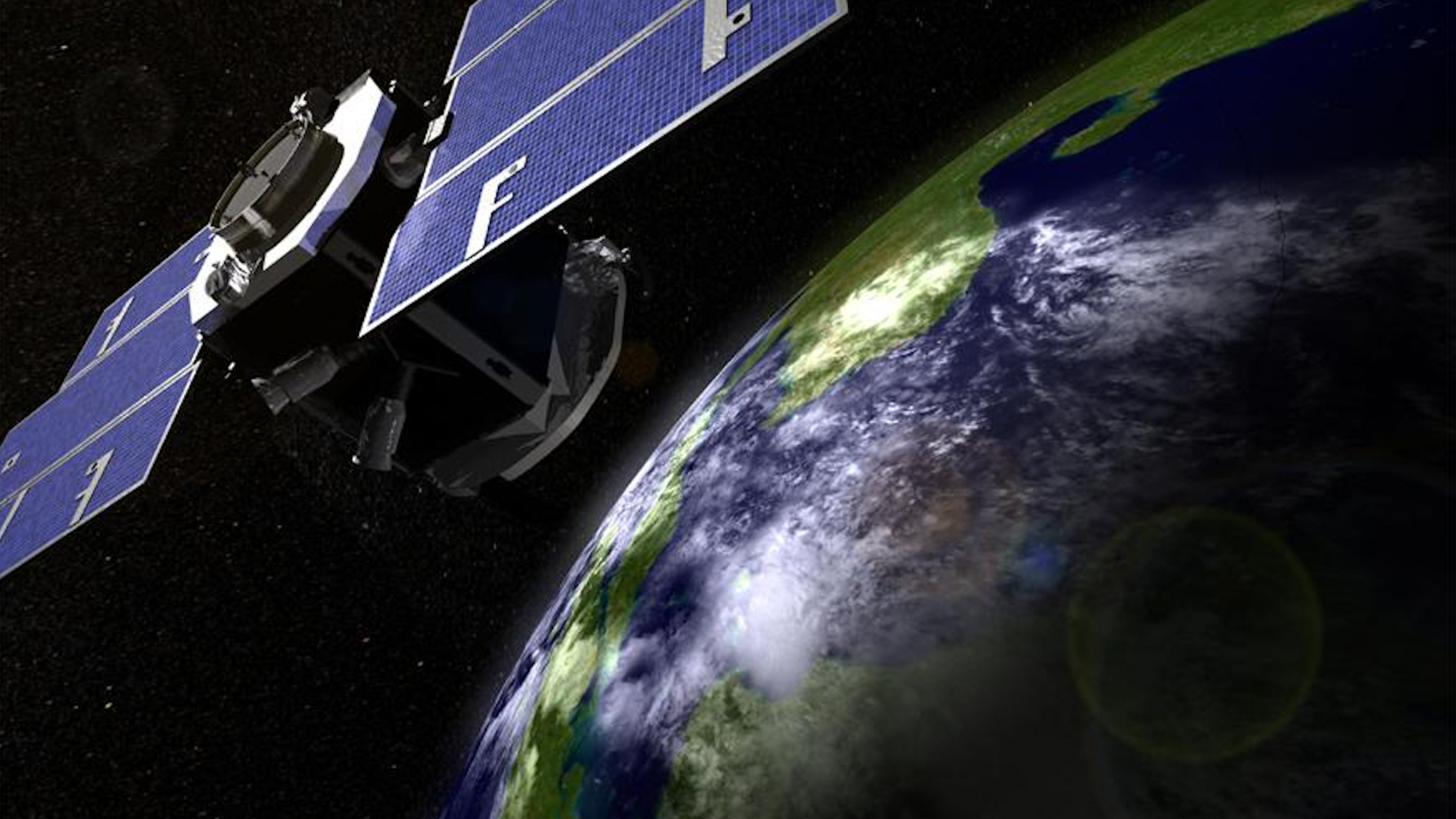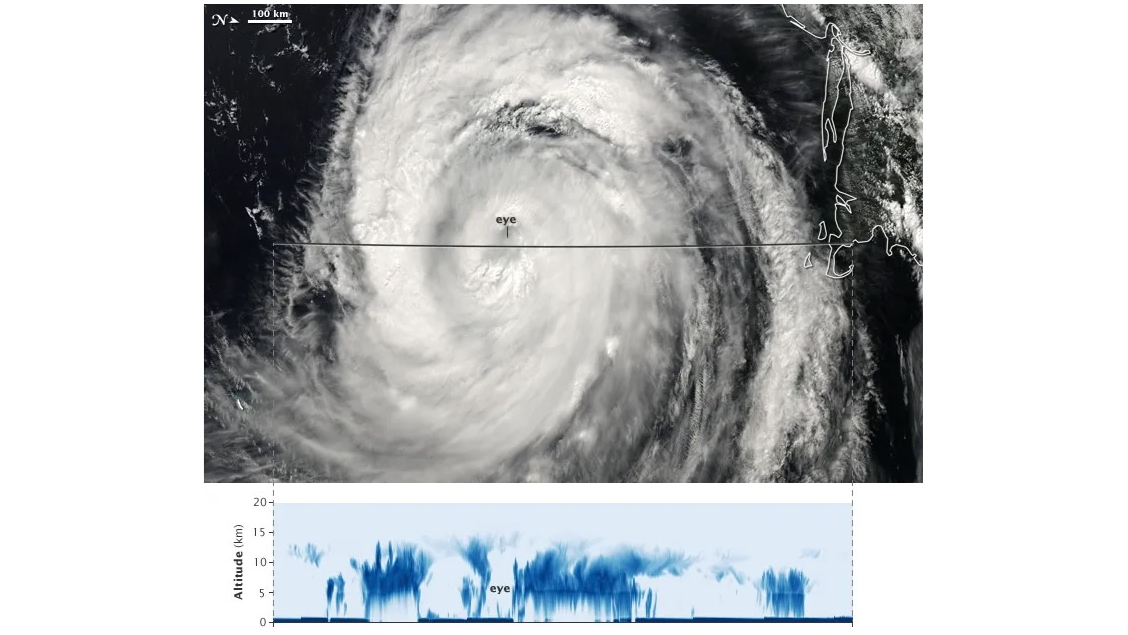
NASA's pioneering CloudSat weather and climate mission has come to an end after nearly 18 productive years in Earth orbit.
The agency recently decommissioned the satellite, which launched in April 2006 on a planned 22-month mission to study the structure and composition of clouds.
"As planned, the spacecraft — having reached the end of its lifespan and no longer able to make regular observations — was lowered into an orbit last month that will result in its eventual disintegration in the atmosphere," NASA officials wrote in an update on Tuesday (April 23).
Related: SpaceX launches NASA's PACE satellite to study Earth's oceans, air and climate (video)

CloudSat carried a powerful instrument called Cloud Profiling Radar, which was the first 94-gigahertz-wavelength radar ever to fly in space, according to NASA.
"A thousand times more sensitive than typical ground-based weather radars, it yielded a new vision of clouds — not as flat images on a screen but as 3D slices of atmosphere bristling with ice and rain," agency officials wrote in Tuesday's update.
CloudSat's observations helped scientists better understand how often clouds generate precipitation on a global scale, as well as how they help heat and cool Earth's atmosphere and surface.
The satellite also flew over hurricanes such as Maria, Harvey and Sandy, collecting data that yielded insights into how such powerful storms grow and intensify, NASA officials said. The Cloud Profiling Radar instrument was switched off in December 2023, setting the stage for last month's decommissioning and the orbit-lowering maneuver.
CloudSat worked in concert with its sister satellite, CALIPSO (Cloud-Aerosol Lidar and Infrared Pathfinder Satellite Observation), which launched to orbit aboard the same rocket as its sibling nearly 18 years ago.
CALIPSO used lidar (light detection and ranging) to study Earth's atmosphere, bouncing lasers off clouds and particles in the air to deduce information about our planet's hazy shell. The two satellites' "overlapping radar-lidar footprint cut through the vertical structure of the atmosphere to study thin and thick clouds, as well as the layers of airborne particles such as dust, sea salt, ash and soot that can influence cloud formation," NASA officials wrote in Tuesday's update.
CALIPSO, a joint effort of NASA and the French space agency CNES, was incredibly long-lived as well; it was decommissioned in August of last year. But the departure of CloudSat and CALIPSO from the scene doesn't mean that NASA's Earth-observing cupboard is bare: A variety of agency satellites are studying our home planet, and a powerful new one just launched in February.
That new satellite, called PACE (Plankton, Aerosol, Cloud, ocean Ecosystem), will study the biology of Earth's oceans in unprecedented detail, according to mission team members.







